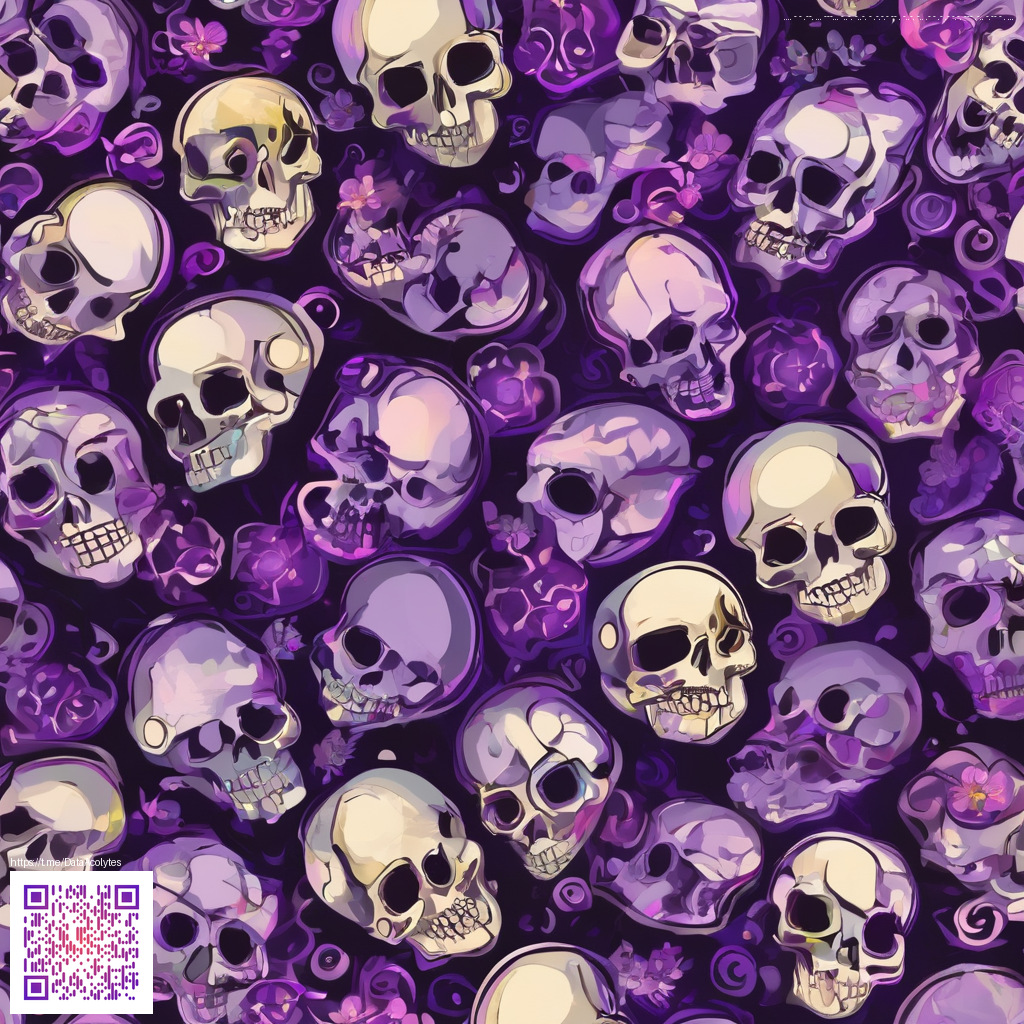
Realistic Creases in Multi-Layer Paper Design
In the world of paper craft and architectural paper art, layering is where the drama lives. A stack of sheets can become a living landscape when folds and creases are rendered with intention. Realistic creases don’t just mark where one sheet ends and another begins; they create a narrative of tension, light, and scale. When you pair multiple sheets with careful crease placement, the piece gains depth that feels tactile, almost 3D, even under flat lighting.
How real creases form—and how to mimic them
Real creases arise where mechanical stress consistently forces the material to buckle. The trick is to study the fold as a small sculpture: its angle, its width, and how it interacts with neighboring layers. Start with a plan for each fold—which layer bears the weight, which edge is catching light, and where the shadow will fall. Then test with inexpensive stock to observe light behavior along the crease. A layered arrangement gains credibility when each fold has its own micro-story, not just a single, uniform bend across the surface.
- Score and crease. Lightly score along the intended line with a blunt tool, then press to set so the crease holds its shape without cracking.
- Vary the shadows. Position the main shadow on the underside of the top layer to give the crease depth without overpowering the composition.
- Edge treatment. Slightly bevel the edges of the upper layer near the fold to convey thickness and prevent the crease from looking flat.
- Micro-creases. Add tiny secondary creases along the main fold to mimic natural wear and tear that occurs over time.
- Color and ink handling. Subtle shading or ink pooling along the fold enhances depth, but keep the gradient restrained to avoid competing with the overall composition.
“The magic of layered design is in the quiet details—the way a tiny crease refracts light can elevate an entire piece from flat to cinematic.”
For designers translating this idea into digital or printed formats, the same principles apply. Treat each layer as a surface that can catch light differently, and translate that understanding into your shadows, highlights, and edge transitions. When you simulate folds digitally, you’re teaching the viewer where light lands and how surfaces intersect. The result is a piece that feels earned, not engineered, with creases that reveal a careful choreography of paper and form.
Practical steps and materials
Begin with a light plan that respects how light travels across a stack of sheets. Choose papers with varying weights and textures to create natural contrasts between layers. A heavier base sheet provides stability, while lighter sheets above can flex and bend to form convincing folds. Build the composition in stages: base structure, mid-layers, and then the creases themselves. Photograph or scan your work under consistent lighting to preserve the illusion when the piece is viewed from different angles.
To connect this craft to a broader design mindset, consider how glossy finishes on contemporary products influence our perception of shapes and edges. For instance, a durable, glossy look—like what you’d see on the Neon Tough Phone Case product page—offers a counterpoint to the matte, creased textures you’re building in paper. The way light dances off a high-shine surface can inspire how you render highlights on the top layers without overpowering the folds. Neon Tough Phone Case provides a practical reference point for finish and durability that can inform your own layering decisions.
If you’re seeking broader ideas and visual references, exploring curated galleries can be invaluable. A related resource is the vault page that hosts a variety of approaches to multi-layer design—worth a visit for inspiration and technique notes.